It is necessary to take into account the size and proportion, as well as the particular need of each room
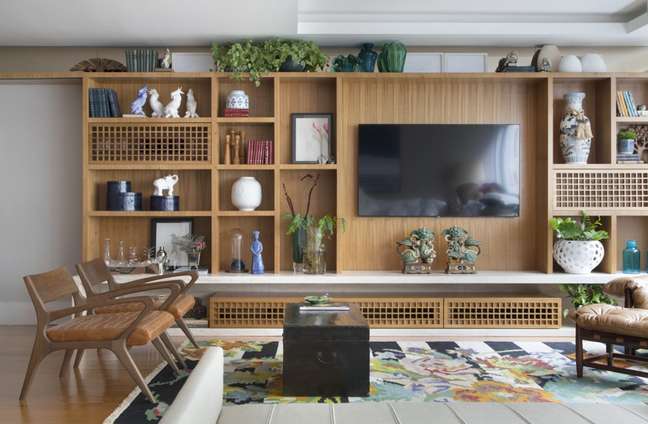
Beautiful, welcoming and with several functions connected to it, the rug is a useful object in any project. Furthermore comfort when trampled, the accessory is an ally when it comes to delimiting environments and makes the difference for the thermal and acoustic comfort.
With this in mind, architects Ieda and Carina Korman, head of the Korman architects, has compiled several tips to help you choose the right rug for every room in the house. Take a look below:
First steps
“Full of utility, the rugs can be used in different environments, but they require some care,” emphasize Ieda and Carina Korman. They can be neutral or full of personality and should usually be chosen after the purchase of the furniture.
“But if the resident already owns a piece that is an heirloom, for example, the furniture will be designed for her,” explains Ieda Korman, who adds. “A carpet should be chosen based on the family routine and the environment in which it will be placed”.
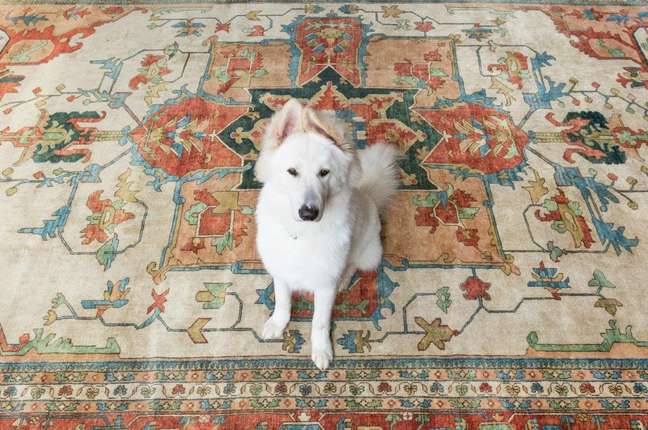
Hence, a house with pet or sons, for example, asks for a more durable and easier to clean piece. A beach house, on the other hand, does not need wool or furry clothes.
“In this case it is better to opt for natural fibers, nautical rope or cotton, for example,” says Ieda.
size and proportion

To define the best fit for a carpet, it is necessary to take into account the furniture that are in the environment.
“In a living room, it is recommended to place the carpet 15 or 20 cm larger with respect to the area it delimits. They also need to extend 20 cm into the sofa, “explains Carina.
The seats must be entirely over the carpet area, or at least half of its length.
In the dining rooms, on the other hand, Ieda and Carina indicate that the carpet has at least 60 cm longer than the long side of the table top.
“This ensures that when you move the chair, it doesn’t get caught in the piece,” they explain. Even so, the measures vary from case to case. “It is important to pay attention to and respect the design of the piece, enhancing it”, says Ieda.
Environmental needs
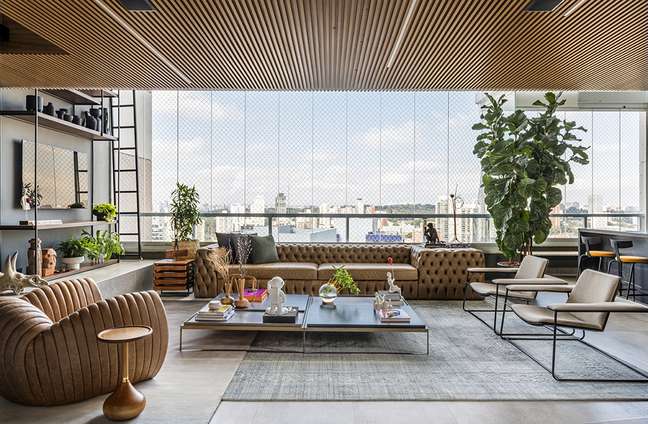
Different environments require different carpets. In general, spaces with a lot of movement should receive pieces of less weight, leaving the soft and resistant carpets for places where you spend more time sitting or that require intimacy.
“Bedrooms and home theaters are perfect for furry models, but beware of residents with allergies,” says Ieda.
“We like to specify rugs that cover the full length of the bed, but when it comes to allergy sufferers, it is best to opt for no more than two small rugs next to the bed. washable fiber“.
Kitchens do not need carpets, while bathrooms can accommodate small pieces in front of the sink, sink and shower, ensuring a comfortable step.
How to combine
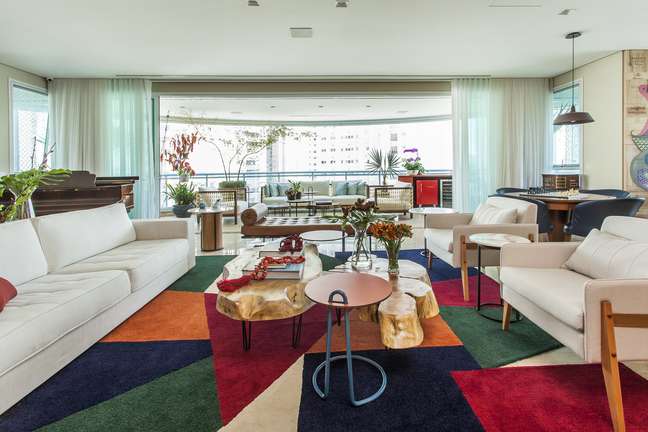
Finally, when coordinating the rugs with the décor, it is possible to think about the pattern of prints and colors in combination with the textures and palettes of the furniture.
“If the resident already has an impressive piece, or has opted for an exclusive and personalized design, the carpet will be the starting point. But, in general, the carpets are the last elements to be defined”, emphasizes Ieda.
Therefore, it is possible to take into account the color palette choice for the whole environment, seeking harmony.

“When there is a desire for an overlap of rugs, which give good to the projects, the ideal is to choose a more neutral piece, for the base, and to be daring in the overlapping rug”, he indicates.
In some cases, the striking designs are similar artwork on the floor and serve as a highlight. For those looking only for the comfort of the garment, neutrals are always the most suitable, without the risk of making mistakes.
Source: Terra
Benjamin Smith is a fashion journalist and author at Gossipify, known for his coverage of the latest fashion trends and industry insights. He writes about clothing, shoes, accessories, and runway shows, providing in-depth analysis and unique perspectives. He’s respected for his ability to spot emerging designers and trends, and for providing practical fashion advice to readers.

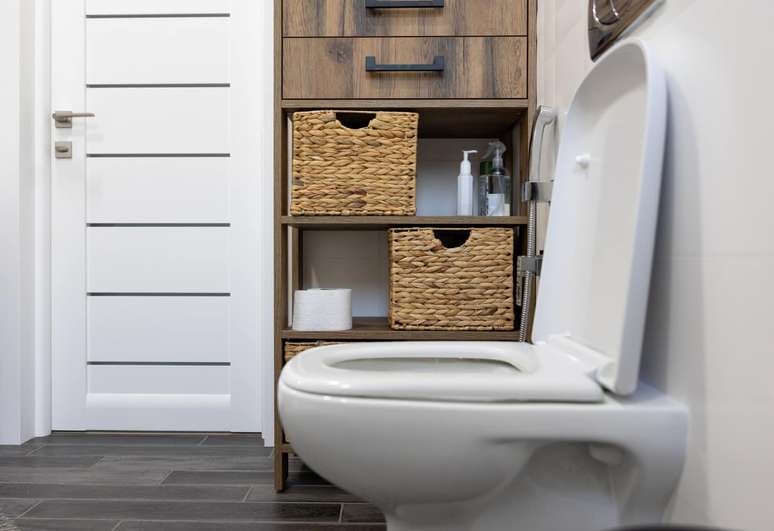
-sl6oy2p06omu.png)




![Such a great sun in advance: Elizabeth’s Terrible Accidental Victims … which Waiting for You Week until August 25, 2025 [SPOILERS] Such a great sun in advance: Elizabeth’s Terrible Accidental Victims … which Waiting for You Week until August 25, 2025 [SPOILERS]](https://fr.web.img6.acsta.net/img/d0/c4/d0c4d9256b5997c98008a65d7a43177e.jpg)
